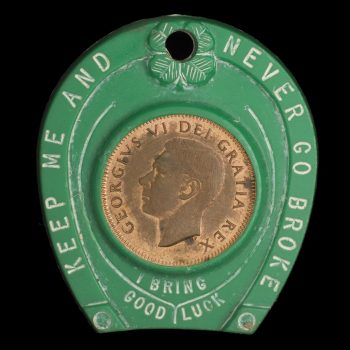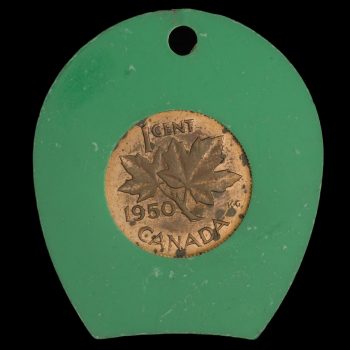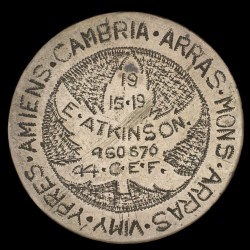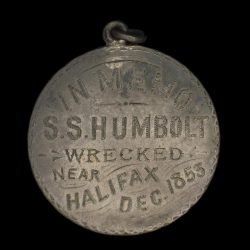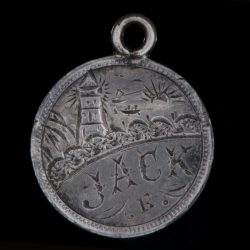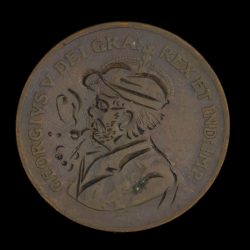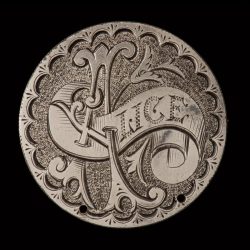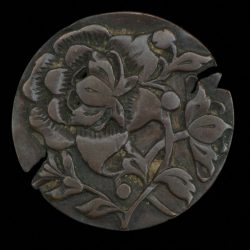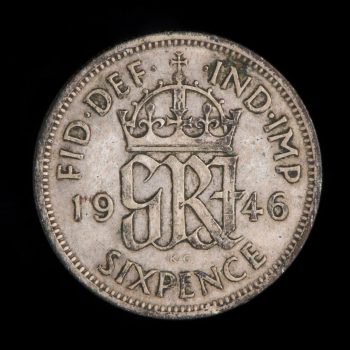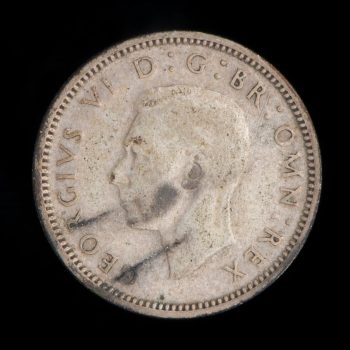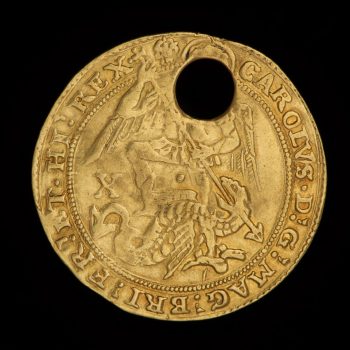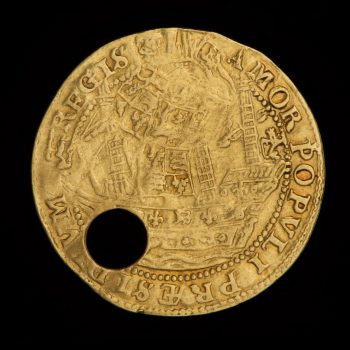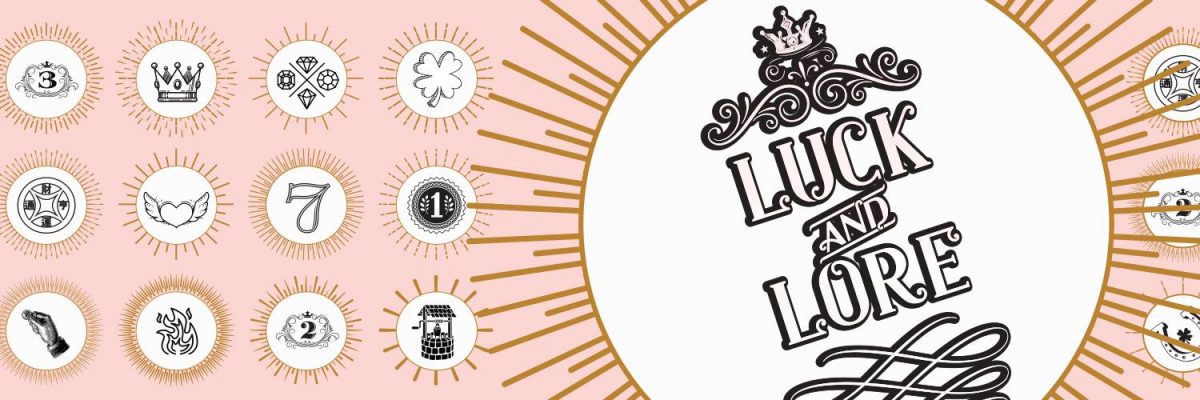
Discover the spiritual, the ceremonial, the superstitious uses we have for money and the surprising roots of some very familiar traditions.
What do you do with your money?
For more than 2,500 years, we’ve been using money as a means of exchange, transforming our time and labour into the things we need. But money is so important to our comfort and security and so much a part of our daily lives that it becomes part of our cultural traditions.
This exhibition presented more than 80 curious artifacts that spoke about the ways money has been used to bring us luck, ensure our safety, promote good health, show our affection and create a better afterlife for our loved ones. But not by spending it.
“You can’t take it with you.”
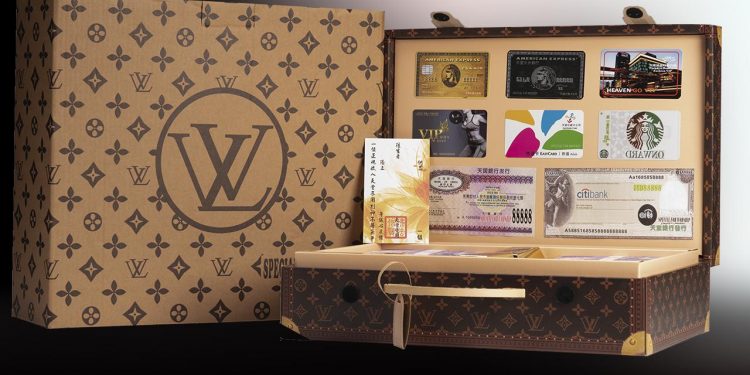
Paper offerings like this imitation Louis Vuitton case are burnt at funerals to send ancestors luxury items they might need for the afterworld. With its bundles of money, gold bars and gift cards, no item is too extravagant to honour the dead. Joss paper briefcase, Taiwan, Republic of China, NCC 2019.18.1
Spirit Money
Many East Asian cultures have Buddhist and Taoist traditions of burning imitation paper money at funerals and festivals. Not just imitation money, but miniature paper yachts, luxury cars, smart phones and even houses are burned. Carried into the spirit world through smoke, these offerings are for loved ones to use in the afterlife. Spirit money, or joss paper as it is commonly known, also repays debts to the gods, giving the deceased an easier passage into the great beyond and a better chance of reincarnation—of returning to this world in a new body.
Spirit money burns in an incinerator set up on a Taiwanese street for this purpose.
"Find a penny, pick it up, and all day long you'll have good luck."
Lucky Pennies
In ancient times, people believed that metal was a gift from the gods and provided protection from evil. For many cultures, just finding a penny can bring good luck. However, if the penny is found tails up, it’s bad luck to keep it. If you find one tails up, turn it over to bring good luck to the next finder.
Love Tokens
A love token is a coin that has been smoothed flat and has a message of affection or the name of a loved one engraved upon it. Traditionally, a love token was offered by a man to his beloved, but they were given by families and friends as well. Love tokens also include altered coins created as souvenirs or commemorations. They first appeared in England in the 1500s and reached their peak in popularity in late 19th and early 20th century North America.
"Something old, something new, something borrowed, something blue, and a sixpence in her shoe"
The Lucky Sixpence
The English have a tradition of placing a silver sixpence coin in a bride’s shoe on her wedding day. It brings prosperity and happiness to the union. It is also traditional to bake a sixpence into a Christmas pudding. If you discovered it in your serving, it would bring good fortune—so long as you didn’t eat it. After circulating for 400 years, the British sixpence was discontinued in the early 1970s. The Royal Mint still produces a special silver sixpence—just for luck.
Touch Pieces
Touch pieces were coins handled by a monarch who was believed to have the God-given ability to heal the sick by touching them. The divine power was passed from the monarch to the patient by pressing the touch piece against the body. Specifically, touch pieces were used to heal scrofula, a form of tuberculosis resulting in neck swellings and skin eruptions. Also known as the “King’s Evil,” scrofula comes and goes, and can appear to be cured by touch pieces.
